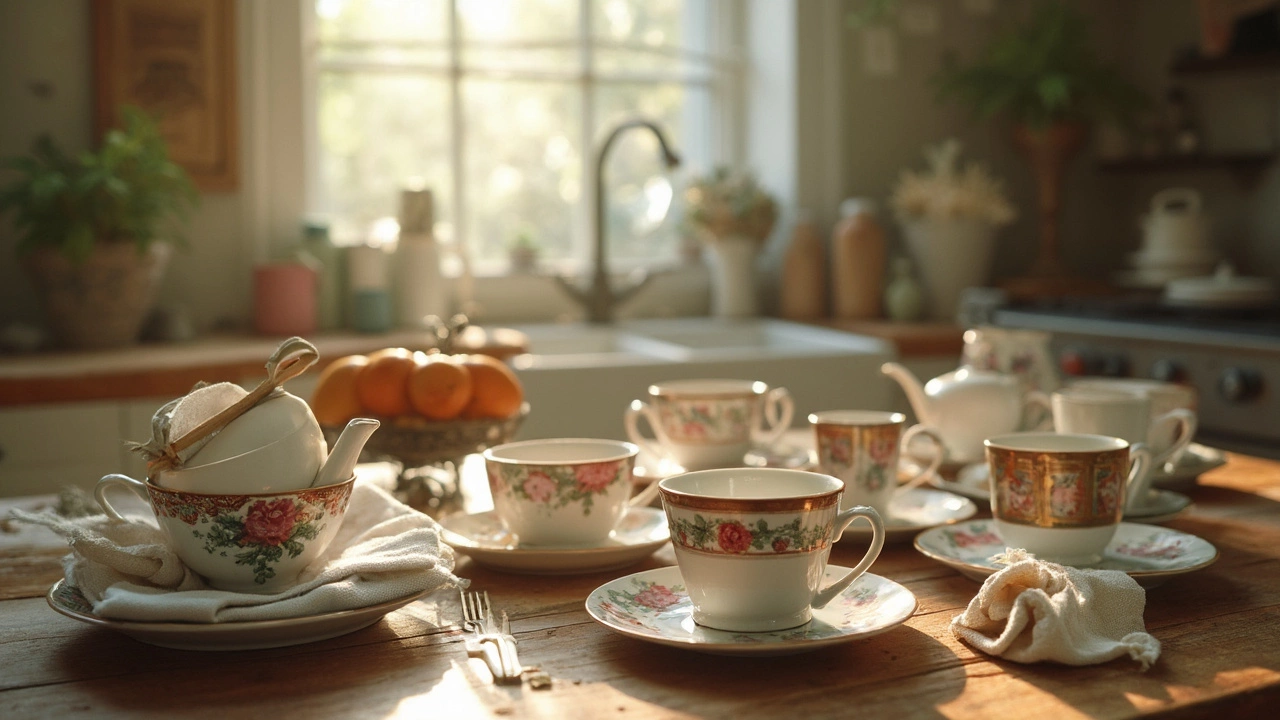Eco‑Friendly Cups: Simple Swaps for a Greener Kitchen
Ever notice how many cups end up in the trash after a single use? Switching to sustainable cups can cut waste and still look great on your table. Below you’ll find the most common cup types, what makes them eco‑friendly, and quick tips for picking the right one for your daily routine.
Reusable Materials That Actually Work
Glass cups are a classic choice. They’re durable, don’t retain flavors, and recycle easily. If you worry about breakage, stainless‑steel tumblers are a solid alternative – they keep drinks hot or cold for hours and are virtually indestructible. Bamboo and wooden cups offer a natural look and break down faster than plastic when they finally reach the landfill. Ceramic mugs, especially those made from locally sourced clay, provide a low‑impact option that lasts for years if you handle them with care.
Biodegradable and Compostable Options
For occasional guests or events, consider cups made from PLA (polylactic acid) or other plant‑based fibers. These break down in industrial composters within a few months, unlike traditional plastic. Look for certifications that confirm the product meets composting standards – a simple “EN 13432” label does the trick. While they’re not meant for everyday reuse, they’re a better pick than single‑use PET bottles or disposable foam cups.
When you shop at Eco Harmony Home, each cup comes with a brief story about its material source and carbon footprint. That way you know exactly how your choice helps the planet.
Here are three quick steps to make the switch without hassle:
- Identify your primary use – hot drinks, cold drinks, or both. This decides whether you need insulated steel or simple glass.
- Check the cleaning method. Dishwasher‑safe cups save time, while hand‑wash‑only items might need extra care.
- Match the style to your kitchen. Neutral colors blend in, while bold patterns add a pop of fun.
Cleaning your cups right matters for hygiene and longevity. Glass and stainless steel tolerate high‑heat dishwasher cycles. Bamboo and wood prefer gentle hand washing and should dry completely before storing to avoid mold.
If you’re buying in bulk, look for sets that include a mix of sizes. A 250 ml espresso cup, a 350 ml standard mug, and a 500 ml travel tumbler cover most situations, and buying a set often reduces packaging waste.
Remember, the goal isn’t perfection but progress. Swapping even one daily disposable cup for a reusable one saves hundreds of cups each year. Over time, those small changes add up to a noticeable reduction in landfill waste.
Ready to upgrade your cupboard? Head to Eco Harmony Home’s “Cups” collection and filter by material, size, or price. You’ll find transparent sustainability info, so you can pick the cup that fits both your lifestyle and your eco‑goals.
Enjoy your drinks, feel good about your choice, and inspire friends to make the switch too.
-

Understanding Kitchen Vocab: Cups, Napkins, and More
Have you ever wondered what to call those everyday items in your kitchen like cups and napkins? In this article, we explore the world of kitchenware, unveiling the names and purposes of items we often take for granted. From the history of the humble cup to the best materials for napkins, get ready to dive into practical tips for choosing the right kitchen essentials. This guide aims to make your kitchen life simpler and more organized.
